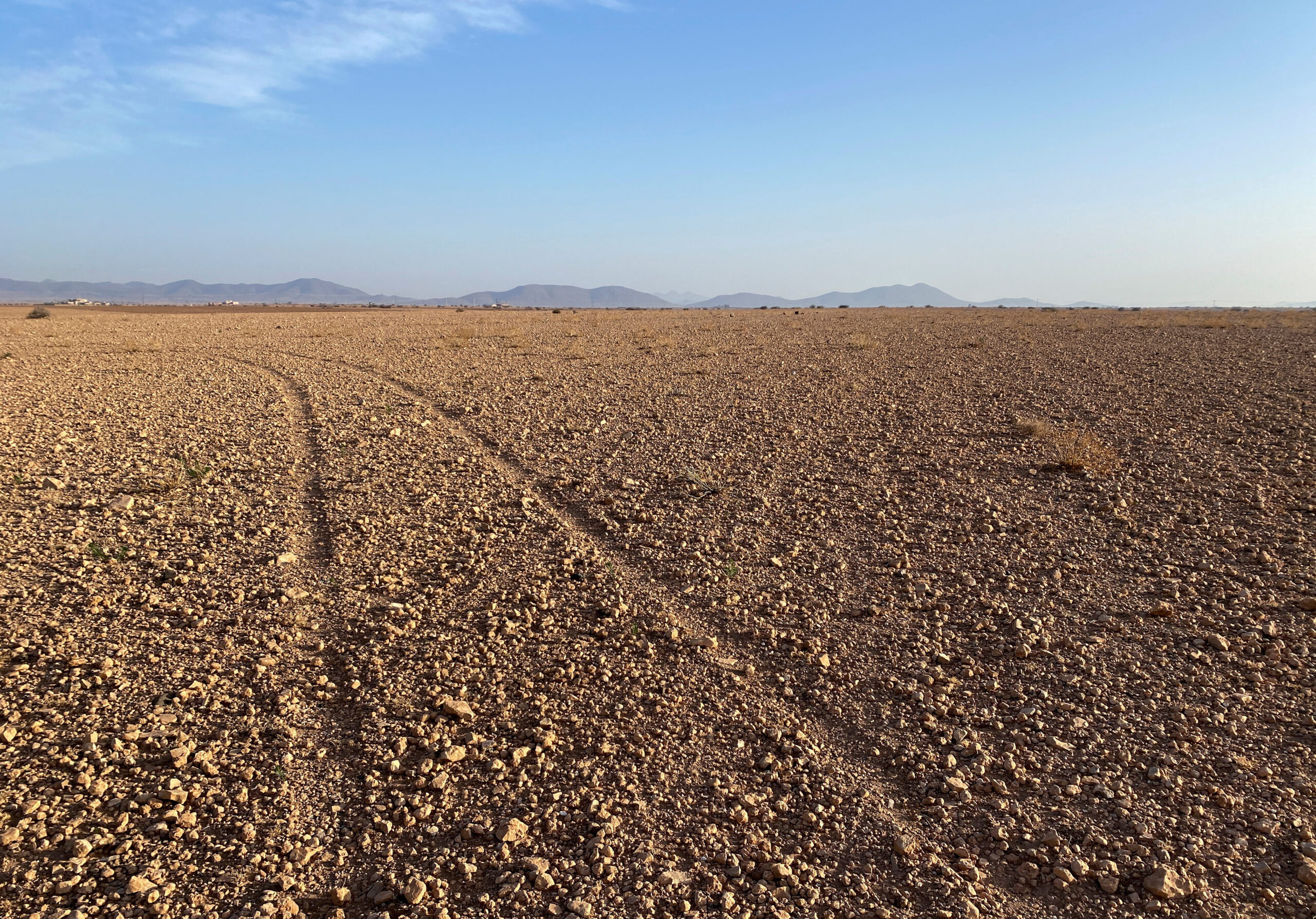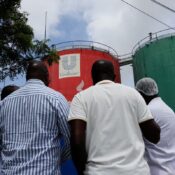
Morocco Expands Waterways and Desalination Initiatives to Address Increasing Drought
Morocco has increased its canal and desalination projects in an attempt to address the country’s worsening drought issue.
As part of a larger plan to lessen the effects of the protracted drought and meet the growing demand from urban areas and agricultural, Morocco is increasing its investments in desalination facilities, water transport networks, and new dam infrastructure, Water Minister Nizar Baraka announced on Thursday.
Speaking at a Medias24-hosted symposium on Morocco’s water issues in Casablanca, Baraka pointed out that the country’s cattle population has decreased, water supplies have been exhausted, and food prices have risen and unemployment has increased due to the drought.
There are already 17 desalination plants in operation throughout the nation, and plans are in place to add nine more, with four more currently under construction. By 2030, the government wants to have 1.7 billion cubic meters of desalination capacity yearly. Desalinated water will help free up more dam water for inland agricultural use, but it won’t be employed for wheat growing because of cost and land scale issues.
Although still below average, this year’s improved rainfall has raised dam filling levels to 39.2% as of June 11 from 31% the previous year, according to Baraka.
Fresh product exports to Europe have increased, and farming that uses subterranean water has flourished despite the continuous water stress. But Baraka pointed out a gap between the speed of water management and agricultural policy, which is made worse by the consequences of climate change.
Morocco has reduced the growth of water-intensive crops like melons by 75% in Zagora and outlawed them in the parched Tata region in order to combat the abuse of water resources.
A significant water transfer project that currently connects Rabat and Casablanca with Morocco’s water-rich northwest will be expanded by 2030 to support dams in the drought-stricken agricultural districts of Doukala and Tadla due to the country’s uneven rainfall distribution.
In addition to the development of a 1,400-kilometer power line by 2030 to transport renewable energy from the southern areas to power desalination plants nationwide, this project is supported by funds from the United Arab Emirates.
“Water costs will be greatly reduced by using renewable energy,” Baraka continued.
All Categories
Recent Posts
Tags
+13162306000
zoneyetu@yahoo.com


